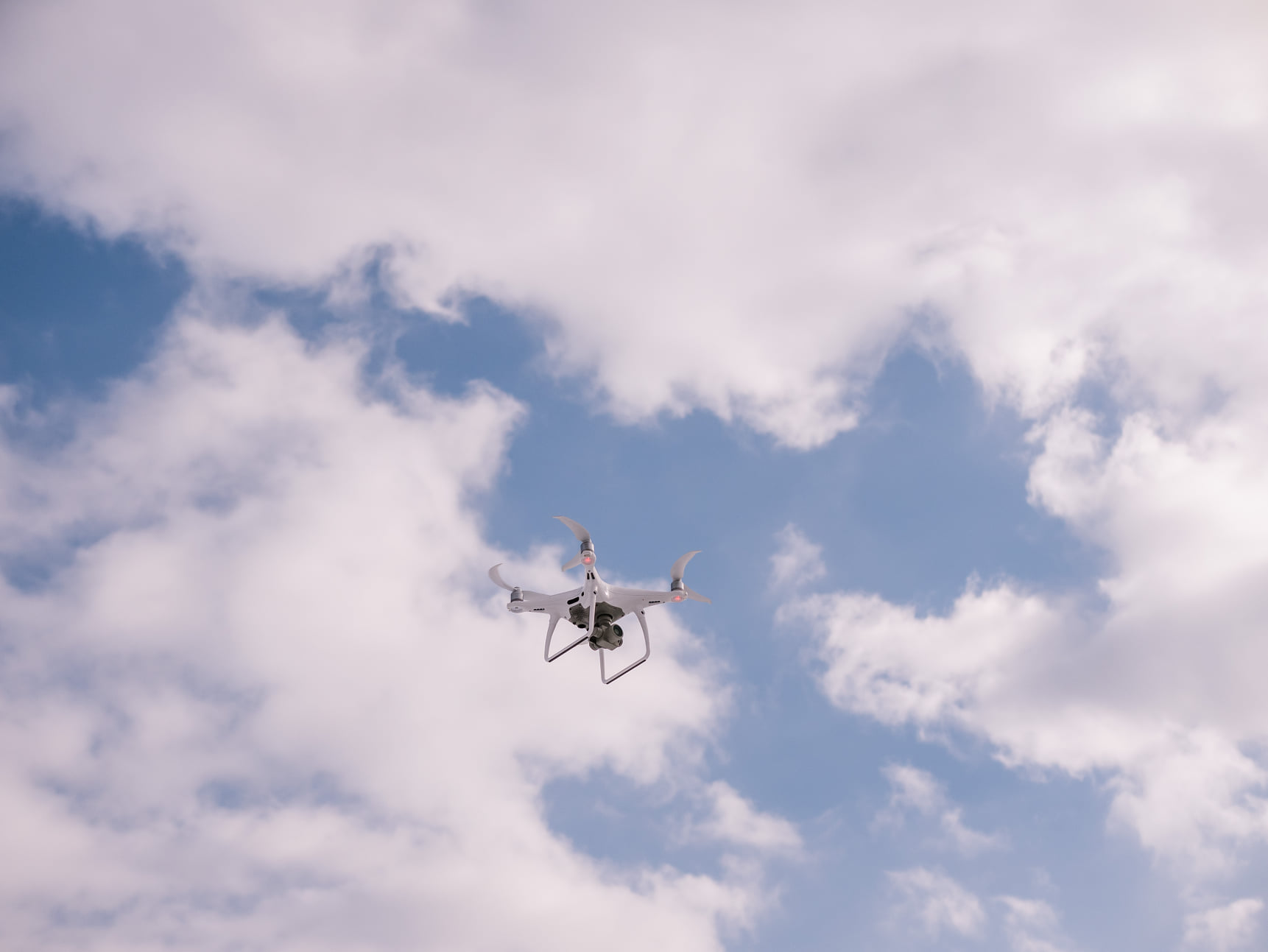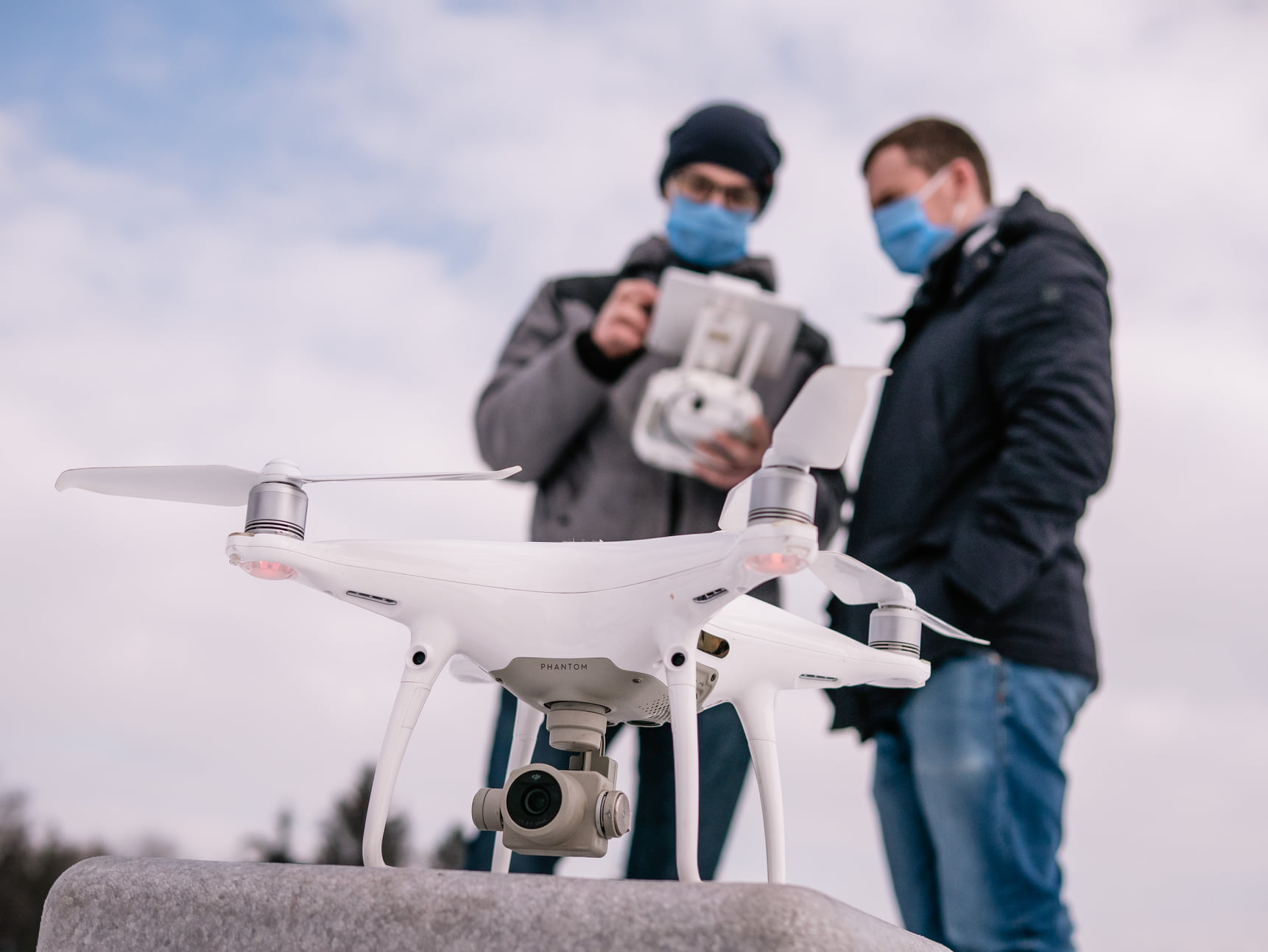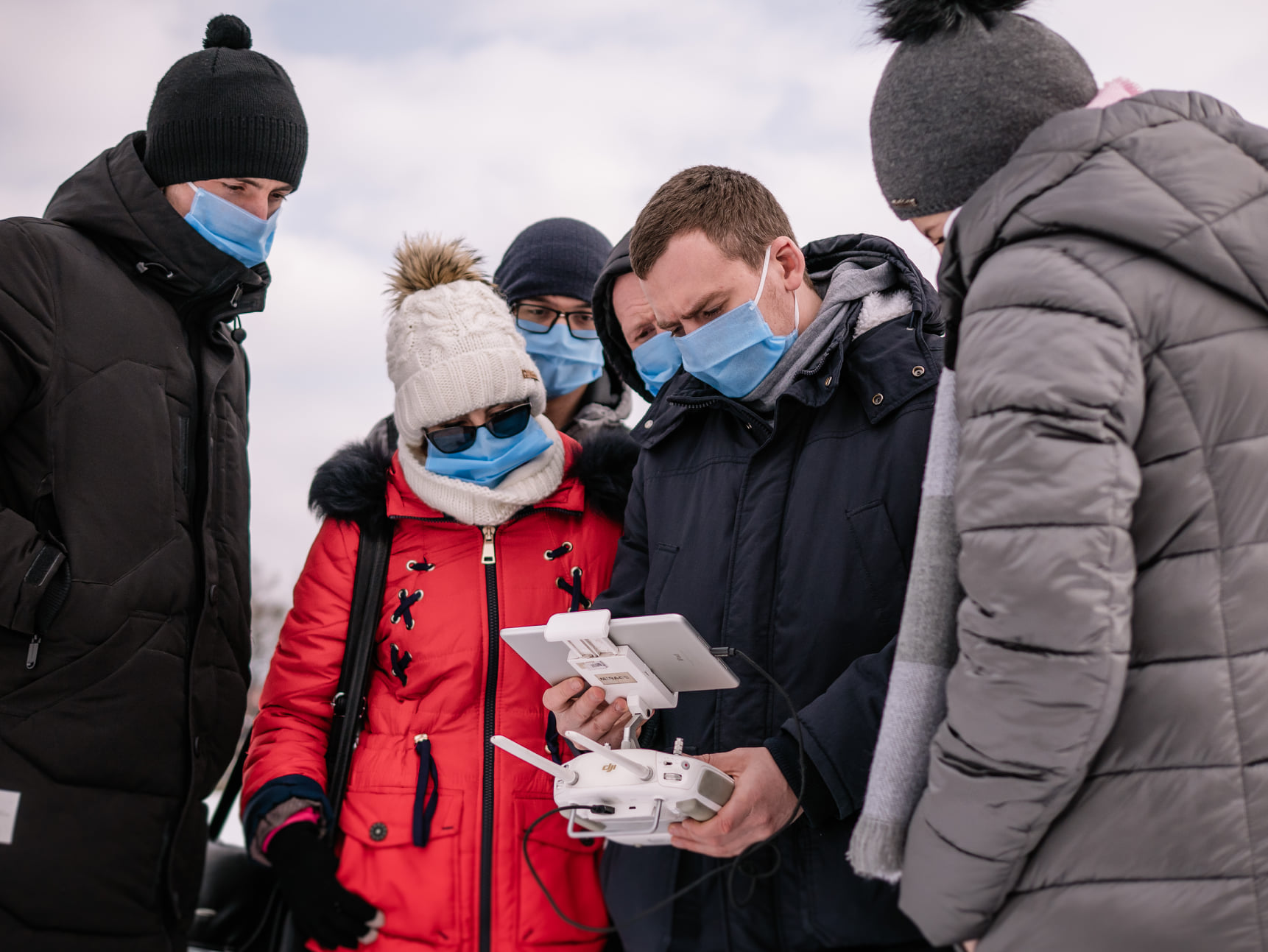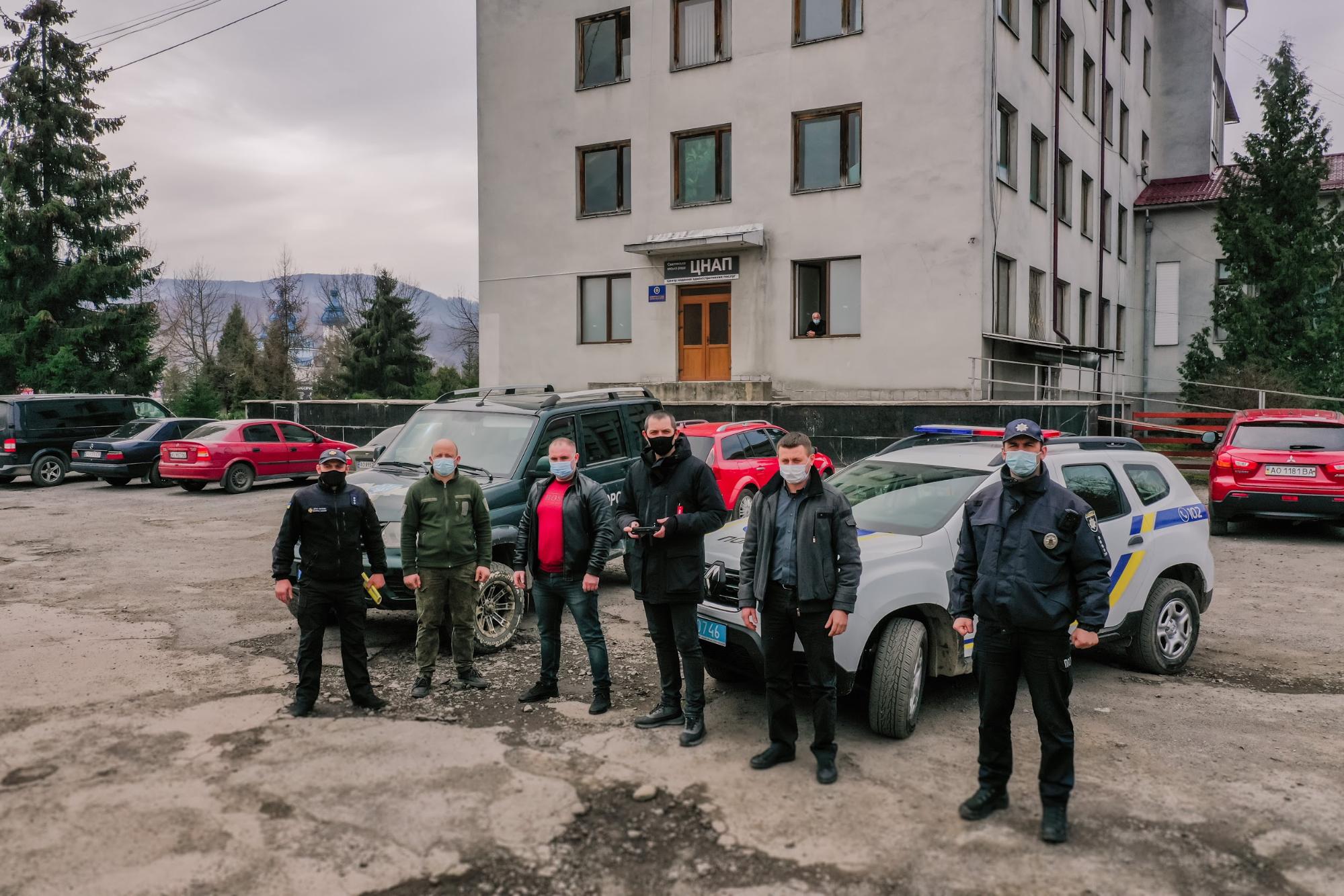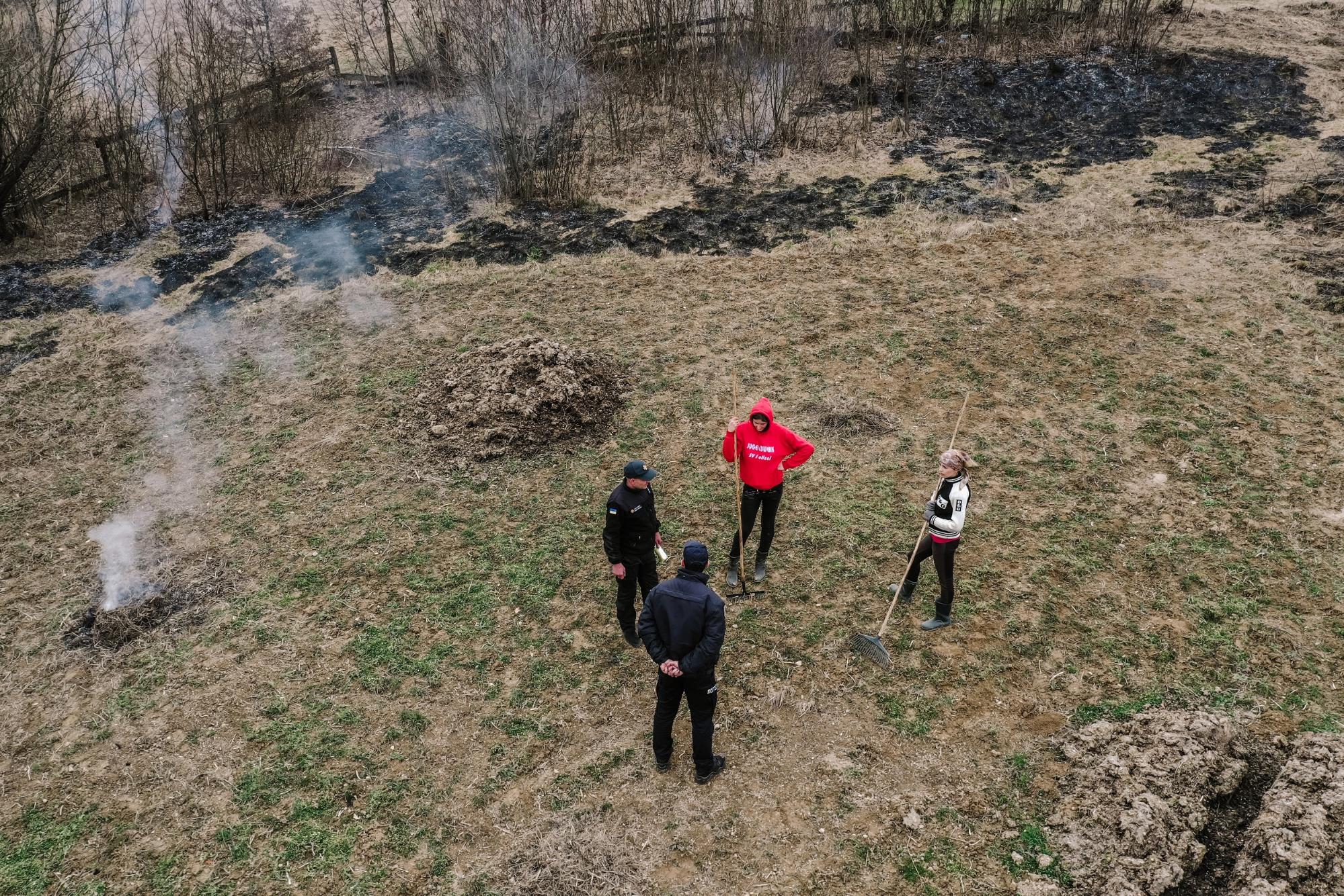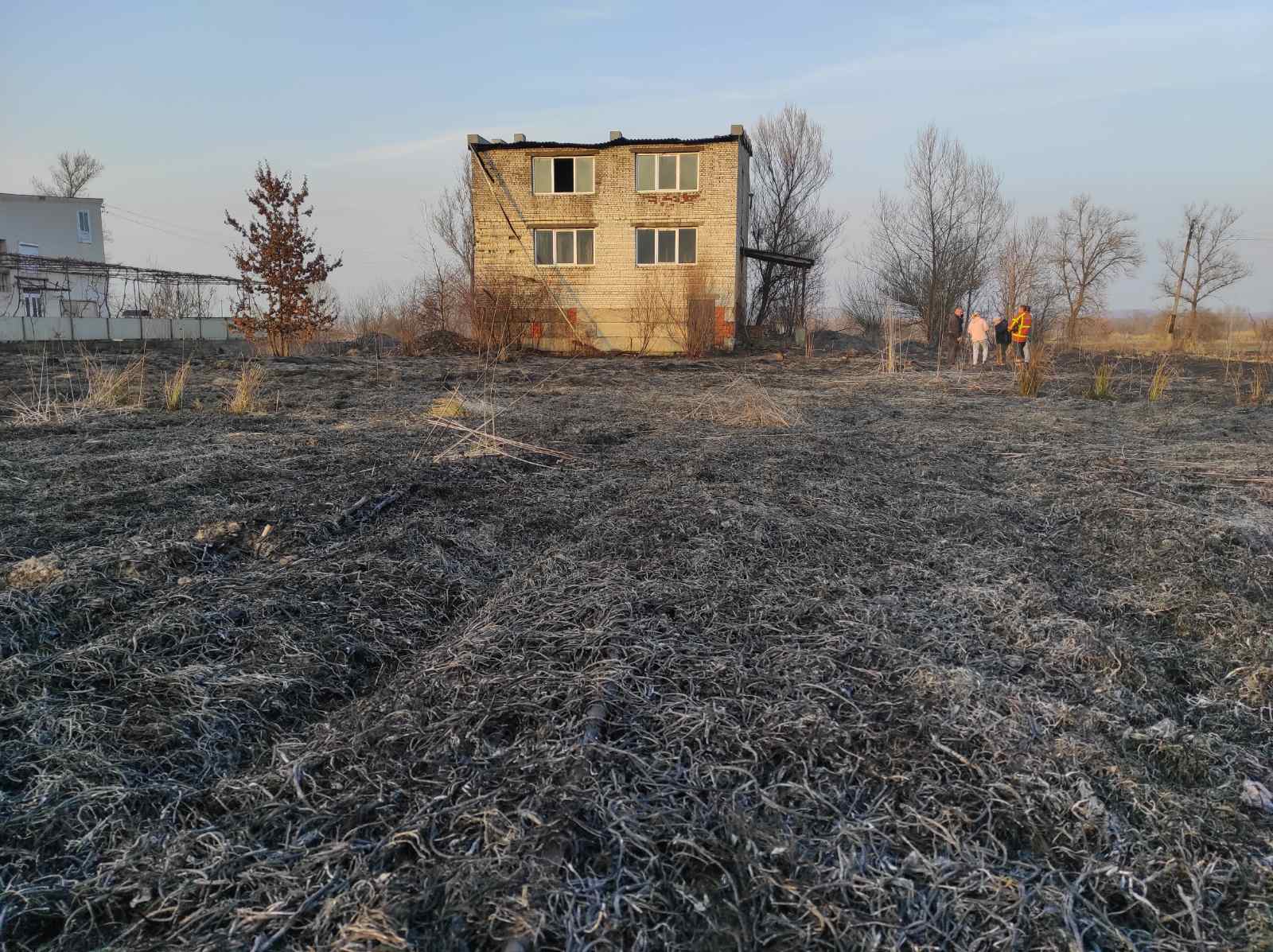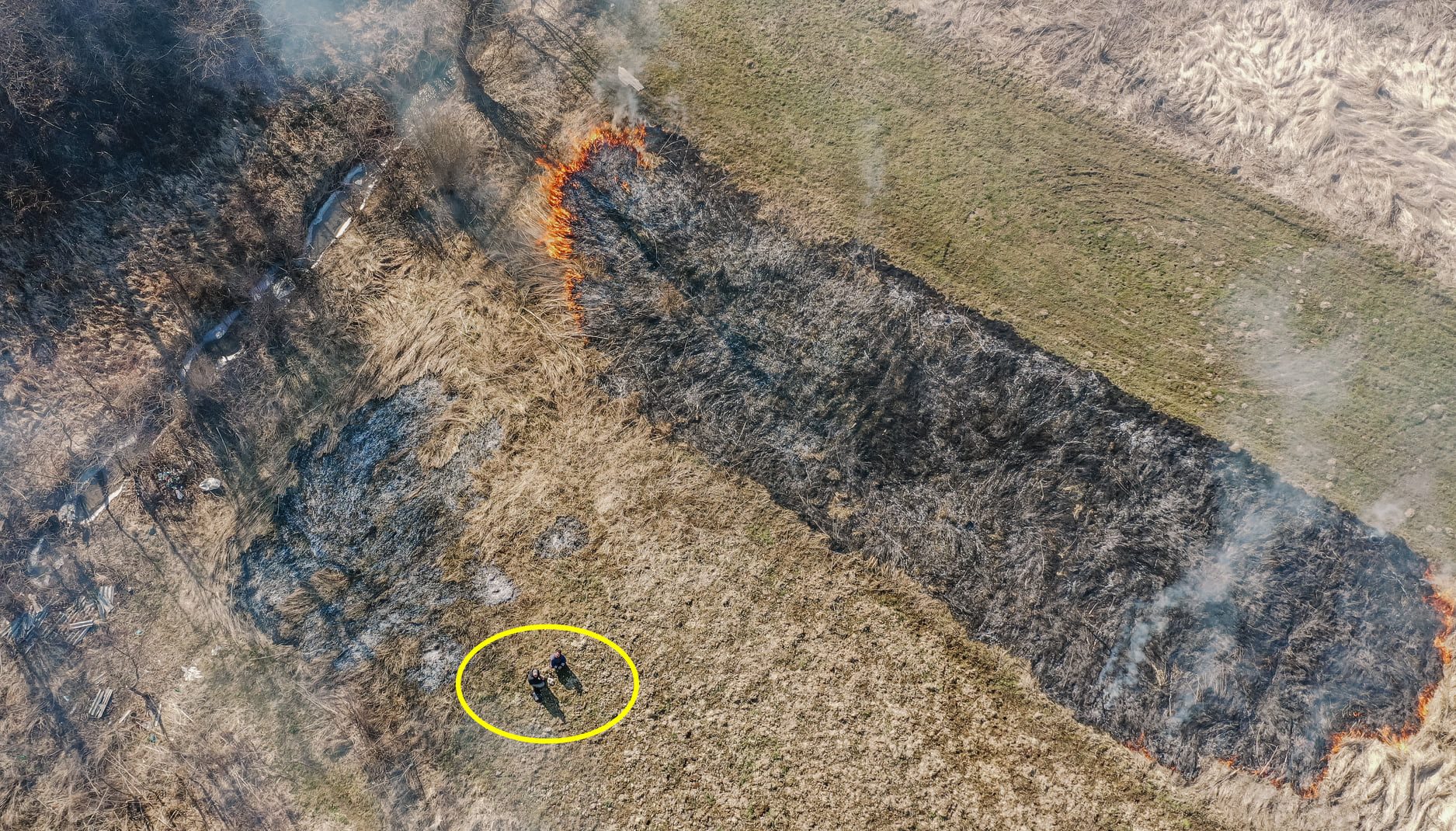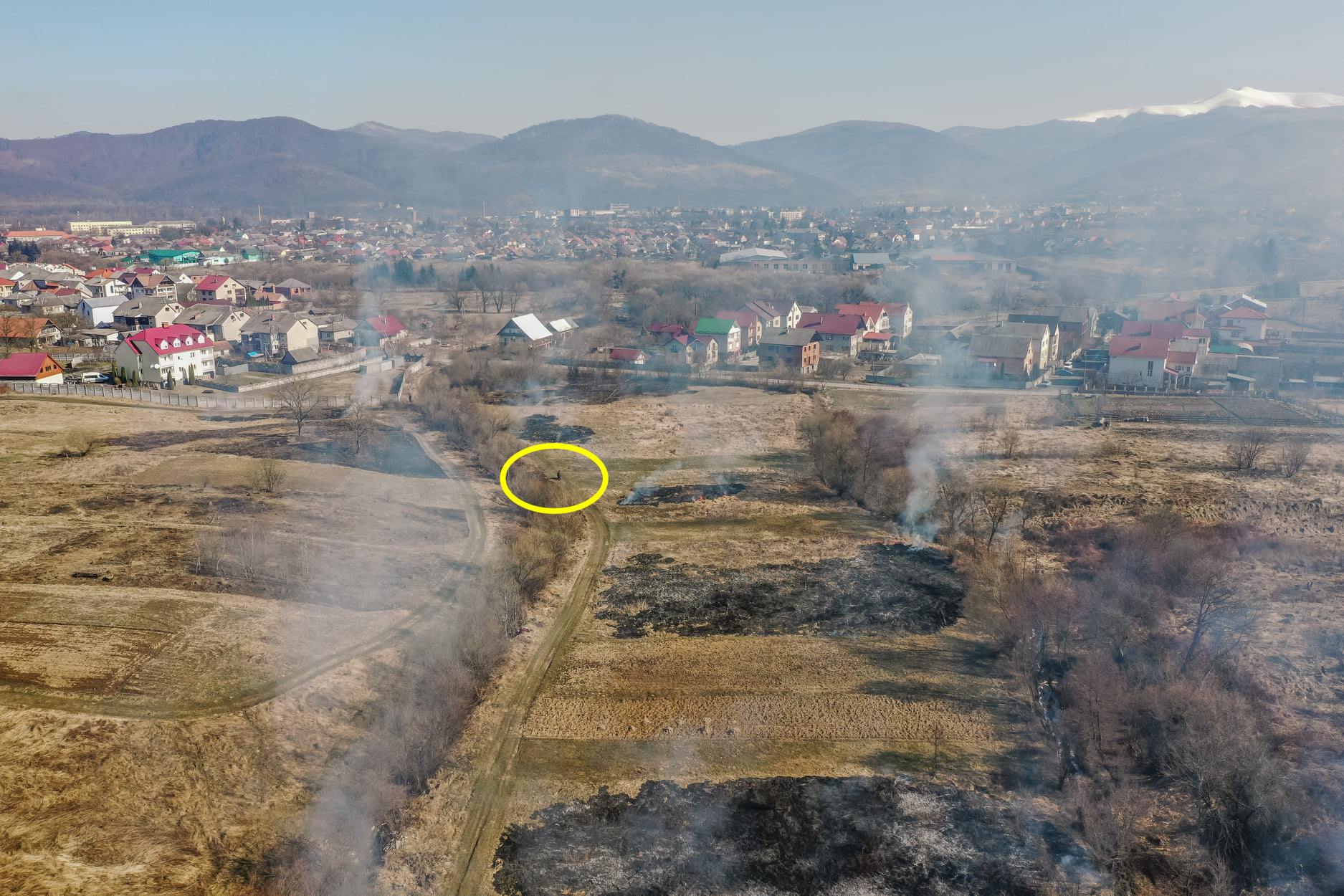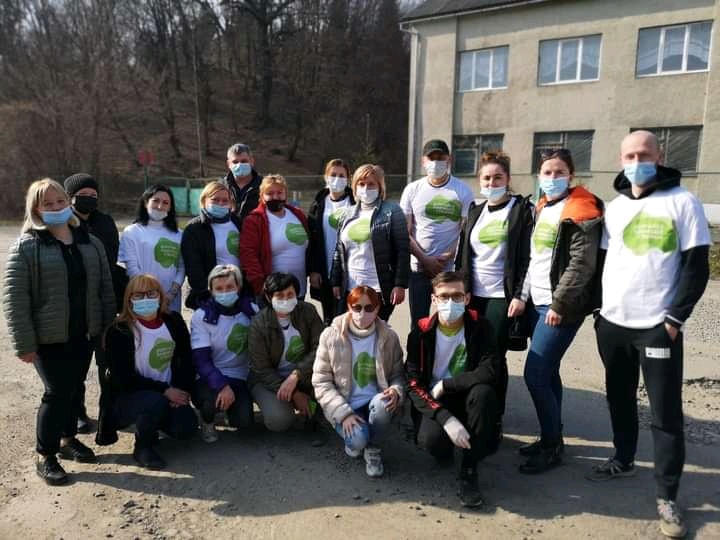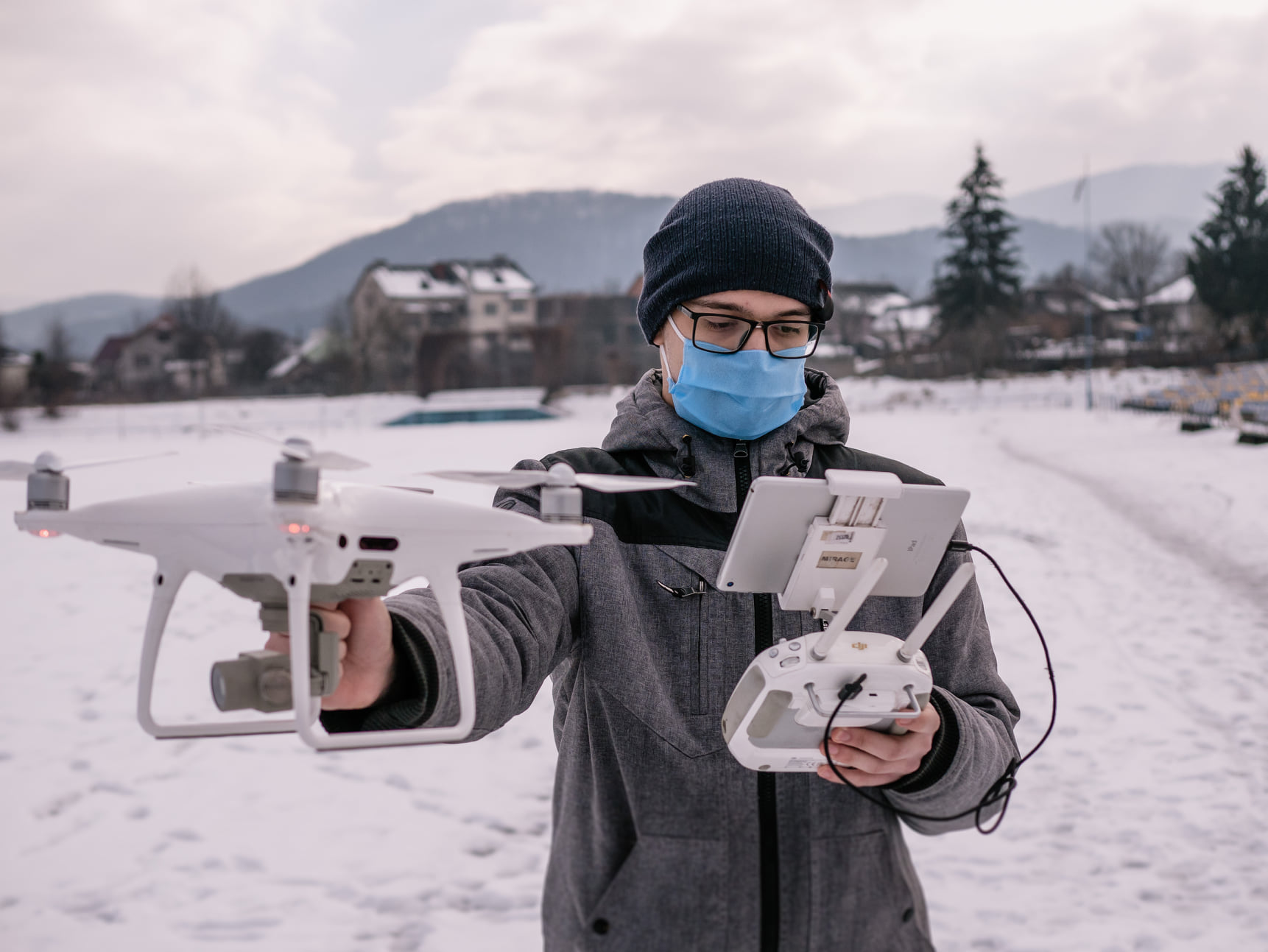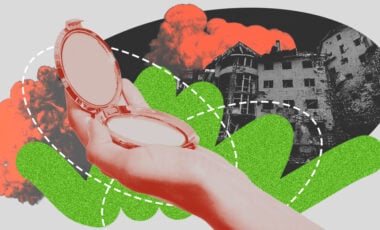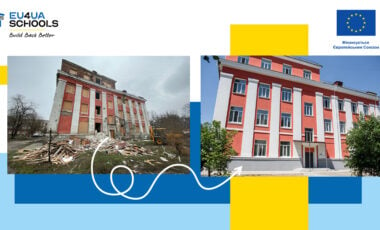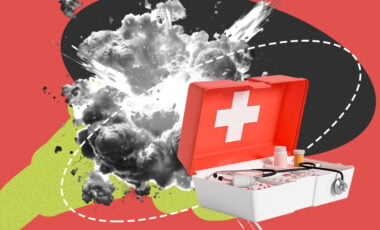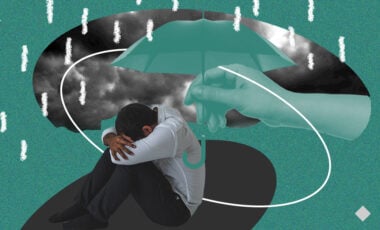Drones against grass burners: how to fight dead-and-down arson in Zakarpattia
Environmental activists from the Svaliavskyi district have already managed to reduce the number of arson cases, and this is just drone's one function in the united territorial community.
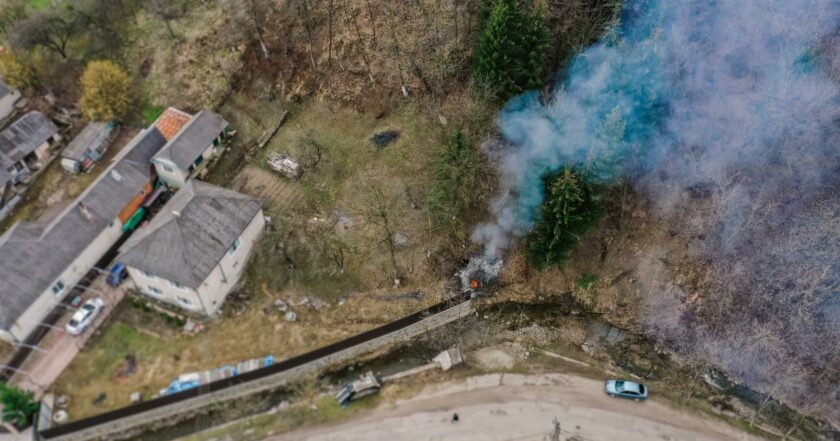
In the spring of 2020, the Verkhovna Rada of Ukraine passed a law strengthening the responsibility for burning dry grass. The fine for illegal arson, which destroys or damages vegetation by fire, was raised 18 times, from UAH 5,100 to UAH 91,800. The maximum fine for arson of vegetation around settlements, along railways, as well as stubble, dry wild grass, reached 153 thousand hryvnias.
But in fact, the vast increase in fines for this harmful activity didn't scare burners. It's worth mentioning how last autumn Kyiv suffocated from the poisonous air; the State Emergency Service (SES) recorded 40-50 fires of grass and peatlands daily. It wasn't easier for other cities.
So this year, as soon as the snow melted, smoke rose again over Ukraine. "We burned, burn and will burn" — Ukrainian "Herostratuses" refer to the "experience of ancestors" and feel quite confident in their impunity. After all, as the employees of the State Emergency Service admit themselves, it's hard to catch such a person red and bring him to administrative liability.
In the Svaliava territorial community of the Zakarpattia region, environmental activists came to the aid of SES officers. Every day, members of the youth initiative group "Eco Svaliavshchyna" conduct aerial hunts for burners with the help of a quadcopter.
British grant, cooperation with SES, and concerned Svaliava citizens
The environmental group which aims to spread ecological knowledge and culture among the residents of the Svaliava territorial community was created by the community's caring residents.
According to one of the group's activists, Vasyl Petrus, in November 2020, the British Embassy in Ukraine announced a grant competition in Western Ukraine. They needed to gather at least 2,5 dozen people who want to change something in their community. It's how the youth initiative group of Svaliava came along. During the training conducted within the project, the group members prepared their environmental project, namely the collection and sorting of plastic waste. The grant funds were used to purchase garbage containers, pressing equipment, and drones to monitor the level of pollution in the community.
During the creation of the community's ecological map, the eco-project participants had the idea: they can find violators who burn dry-wood with the help of a drone. Activists proposed the idea to the SES, which firefighters gladly supported. "Now," says Vasyl Petrus, "we have joint planned patrols. We raise the drone, find the place of arson, possible violators, and coordinate patrols there."
1 hour by the fire is like 5 hours on the city highway
Usually, in the villages, the grass is burned after the winter to prepare the land for spring fieldwork. It's difficult and expensive to mow and take out dry wood, people save money and effort by setting fires. Villagers also see the following positive aspects of burning dry wood: ash provides the land with a free portion of fertilizers, and a place allegedly appears for new and green grass.
But it has long been scientifically proven that smoke from dry grass and leaves contains many carcinogens that cause irreparable damage to human health. When leaves and grass are burning, only the upper part receives enough oxygen, while the lower ones smolder and smoke, releasing toxic and simply harmful chemicals. A ton of smoldering leaves emits about 30 kilograms of hazardous substances.
Materials of the study conducted by the National Ecological Center of Ukraine show that the combustion of one ton of plant residues releases about 9 kilograms of smoke microparticles into the air. They include dust, nitrogen oxides, carbon monoxide, heavy metals, and several carcinogenic compounds. All these substances are extremely dangerous to human and animal health and can contribute to the development of allergies, asthma, cancer, and other diseases. One hour spent by the fire is equivalent to a five-hour stay on the city highway.
Besides, significant open burning and wind can cause even a small fire to turn into an uncontrolled fire. According to the Zakarpattia Department of the State Emergency Service, several dozen dry fires are recorded in the region every day. Often they have to save not only the ground but also apartment buildings from fire. During the first three months of this year, the operational and rescue service units of the Zakarpattia region eliminated 306 fires in the region's ecosystems. The total area of destroyed dry grass, shrubs, and garbage is more than 333 hectares.
You won't run away from the quadcopter, as well as responsibility
Every resident in the Svaliava district knows you can't burn the grass. Before the first launch of the air patrol, environmental activists once again reminded people of the danger and warned on social media pages that the patrol uses a quadcopter. However, potential violators weren't discomposed by modern technical means in the community's assets. On the first flight, the drone operators noticed smoke near one of the villages. "Flying closer, we saw three men with a small child in the field. Noticing us, one of the men started running away on a scooter, but we followed him effortlessly to his probable home. All data have been handed over to the National Police of the Zakarpattia region, and appropriate measures will be taken against the suspects."
Environmental activists say they have photos from a closer distance, where the faces of the offenders are clearly visible, but at the request of the police, they can't be published yet.
Becoming a community's hero
There are currently 25 participants in the "Eco Svaliavshchyna" team. These are citizens from all over the territorial community, from the city of Svaliava and surrounding villages. "As part of the project," says Vasyl Petrus, "we underwent pilot training. 7 people received drone pilot certificates. We have one drone, it comes with 9 batteries, which allows you to fly for 4 hours without recharging. The flight radius is 8 km. That's enough to choose one location and fly around our entire city."
As Vasyl explained, registering such a drone isn't required, but the law prescribes where one can fly and where one can't. Private houses aren't patrolled. The drone is launched during March-April; it's the hottest time for burners. Some people prepare for agricultural work in such a barbaric way, but there are also those just fooling around. The drone departure schedule isn't publicized to leave the effect of surprise so that people don't relax. Besides, those disposing of garbage and construction waste will also be monitored.
In general, residents supported the initiative of young environmentalists. There were no negative statements, on the contrary, many people write and call, report arson and unauthorized landfills.
Due to quarantine, the team never met in full. They coordinate and organize environmental initiatives in the community through ZOOM. They hope that at the end of the lockdown, "Eco Svaliavshchyna" will get an official headquarters; local authorities are ready to provide the community with premises.
As Vasyl Petrus believes, such equipment as drones must be available to all public services — police, SES, foresters. They can be used for various tasks: detecting landfills, violators, burners, searching for people; tourists are often lost in the mountains, some cases ended tragically. With the help of drones, you can monitor extensive areas for a short time period. A drone will fly the territory in minutes, while a person needs hours to get around on foot. "We don't have a drone in the police and the SES," the environmental activist says, "and I have some doubts that it exists in other regions."
The initial project for garbage collection, sorting, and pressing in the territorial community, which also involves a quadcopter, hasn't been completed yet. Shortly, a pressing station will be launched, the entire process is being set up, and a pollution map of the Svaliava community is being formed. The data collected with the drone will be included in the resource Smart Zakarpattia: Ecology GIS (Illegal landfills).
Then the air assistant will be transferred to communal ownership. The project's creators hope the authorities will continue their initiative to track fires with a drone. "In my opinion," says Vasyl Petrus, "since we started discussing our patrols on social networks, there has been less arson."

How Zhytomyr region turns trash and "coronavirus waste" into energy

"EcoChubaka:" how two girls in Uzhgorod organized waste sorting on bicycles
Also, read how to remove an illegal landfill: Rubryka checked the work of the state map of environmental violations.


